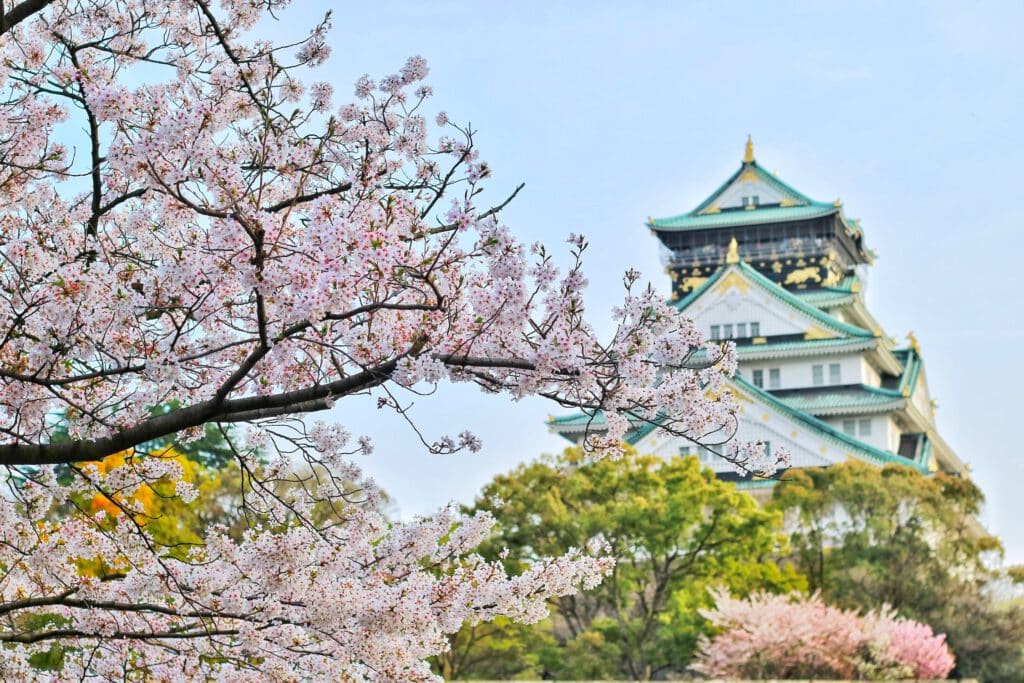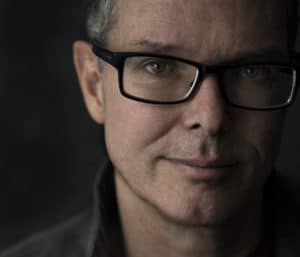
Reiki Mastery
by Frans Stiene
“When you are involved in some dualistic idea, it means your practice is not pure.” – Shunryu Suzuki
In carpentry, painting, gardening or within the system of Reiki, many people call themselves masters. But what is mastery, especially within the system of Reiki?
One common element within the system of Reiki is that as part of a Reiki Teacher or Shinpiden Reiki III course, you learn the mantra/symbol dai kômyô.
“Usui Sensei taught Shinpiden students one on one and he showed them the kanji dai kômyô, which indicated the consciousness of a Shinpiden practitioner.” – Hiroshi Doi Spain 2015 seminar
Dai kômyô stands for non-duality. Hence to be a real master we have to have a very direct and deep understanding of this state of mind of non-duality, not just intellectually but the embodiment of it.
“Don’t waste your time intellectualizing instead of really practicing, lest your intellectual activities become a kind of obstacle.” – – On Zen Practice: Body, Breath, and Mind by Hakuyu Taizan Maezumi
Of course an intellectual understanding is the first step but then we have to really start to embody it, else we are just repeating someone else’s words when we speak, like a parrot. All these traditional teachers point this out again and again, the embodiment of non-duality.
“True mastery is many things. It is breadth of mind and spirit and the avoidance of division.” – On Zen Practice: Body, Breath, and Mind by Hakuyu Taizan Maezumi
Thus true mastery is the avoidance of division, a state of non-dual awareness.
What are some of these divisions we cling to?
Hot – Cold
Reiki on – Reiki off
Man – Woman
Human – Animal
I – You
Inside – Outside
Here – There
Healthy – Sick
Connected – Disconnected
Higher vibration – Lower vibration
Stronger energy – weaker energy
The more we focus on these divisions, the more we get really sidetracked from what Mikao Usui pointed out in his teachings and the harder it will be to embody the precepts in our daily life.
“When we see dualistically we are insecure and unbalanced.” – Ten Ox Herding Pictures by Zen Master Shodo Harada
The precepts themselves are an explanation of this state beyond division, the state of non-duality. Because it is only in that state of mind that we have no more anger or worry, that we are truly grateful for all that is, that we are true to our way and our being, and that we show compassion which does not change according to circumstances.
“If we talk in dualistic ways, our talk becomes idle talk and we cannot have peace. We can even make our healthy body sick by our thoughts and vice versa.” – Appreciate Your Life: The Essence of Zen Practice by Taizan Maezumi
Mikao Usui points this out very clearly within his system, within the precepts, the symbols and mantras, hands on/off healing, the meditation practices, and the reiju/initiation/attunement.
Thus if we keep being stuck on division we can not go beyond it. It is very simple: if we plant an apple seed we get apples, not bananas. If we plant division, we get division. And as we all know division creates anger, worry, fear, hate, you name it. Division definitely does not create peace, not peace within ourselves and therefore not peace in the world. Division within ourselves only contributes to division in the world.
“Dualism has to be thrown away as well, or society cannot be truly liberated.” – Ten Ox Herding Pictures by Zen Master Shodo Harada
This is why Mikao Usui pointed out that we have to plant non-division – non duality.
“As long as you are involved in dualistic concepts, it is not possible for you to observe our precepts. So how to get out of dualistic concepts and fill our being with gratitude is the point of practice.” – Wind Bell, Teachings from the San Francisco Zen Center.
So check your practice, check what your teachers are teaching you, check what you are planting on a daily basis, today. Are you planting division or are you planting non-duality? Or in other words, are you planting anger, worry, fear, hate etc.. or are you planting love, compassion and insight?
True mastery is therefore the embodiment of dai kômyô, non-duality. And this kind of mastery is peace, compassion, kindness, and equality in its truest form.
“Beyond dualism there is an equality of true human quality. This true quality is the source of actual equality. If we can embrace that, if we can see that equality clearly, then all humans can respect and love each other deeply.” – Ten Ox Herding Pictures by Zen Master Shodo Harada.

